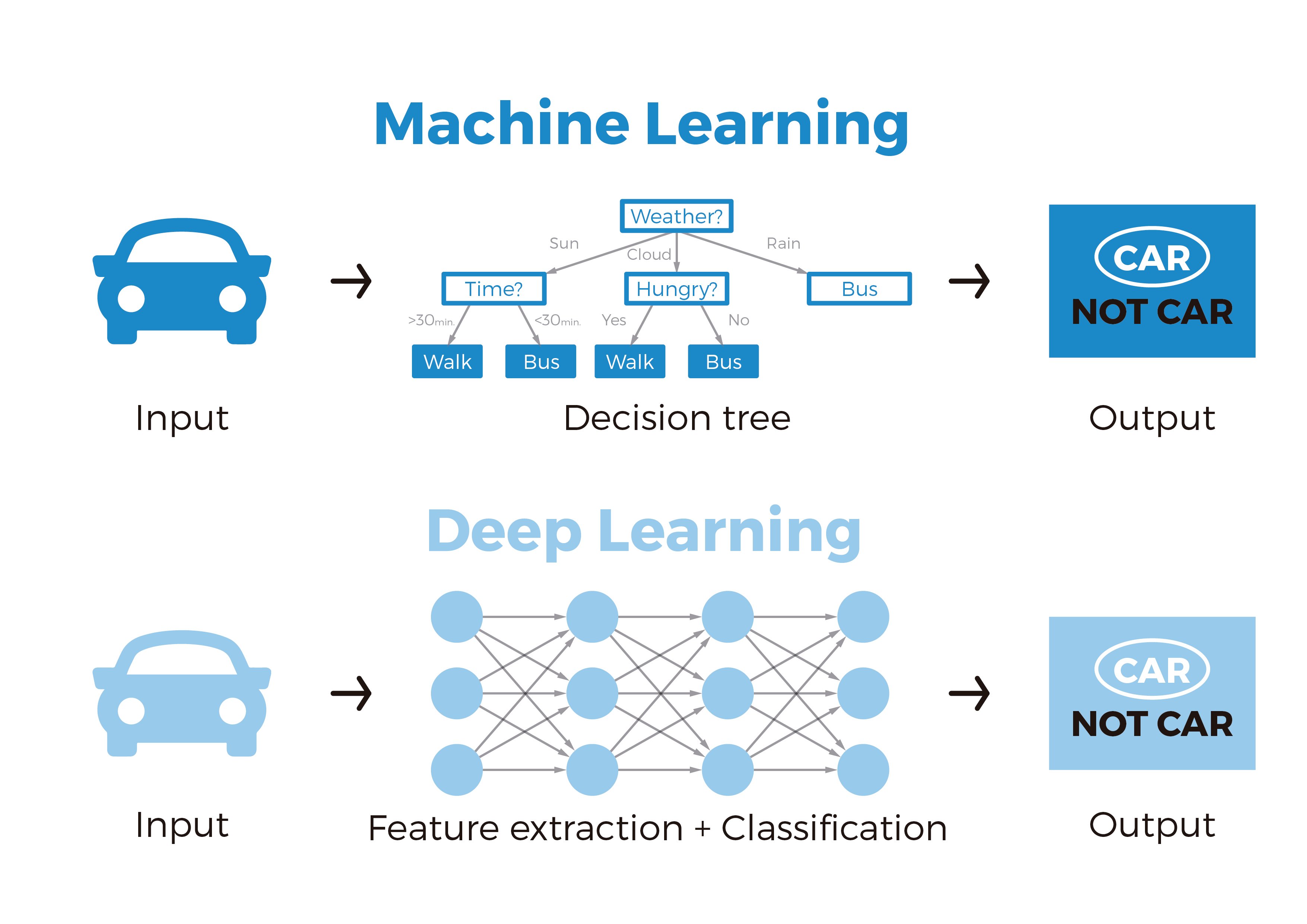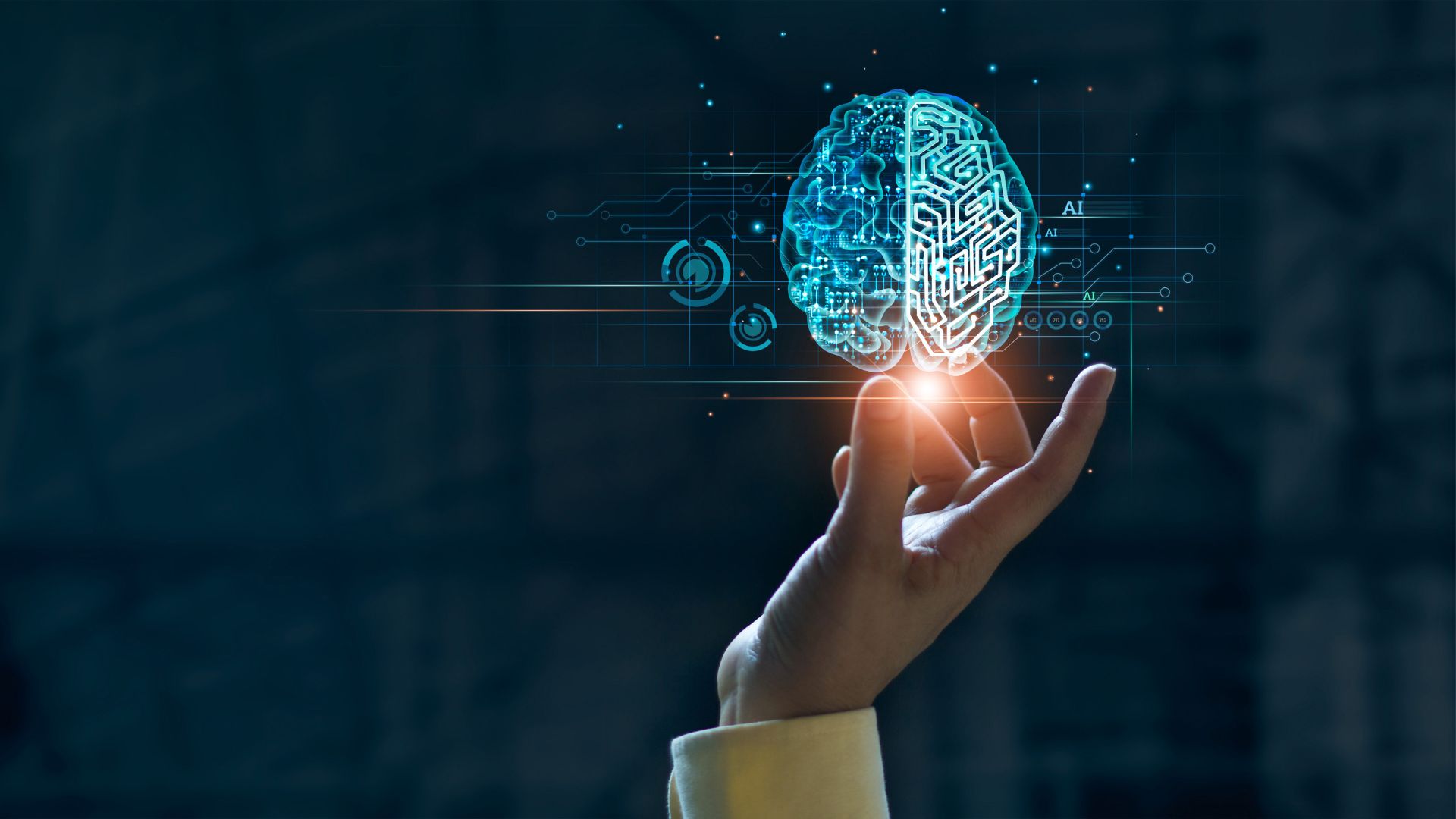Discover how Generative AI (GenAI) and General AI (AGI) are revolutionising technology. Learn about their differences and future implications.
Artificial intelligence is now a fundamental part of modern life, and has revolutionised our society in every sense, from the way we interact with technology to the way in which new innovations are developed. Like every technology, artificial intelligence is also evolving, moving towards new forms of AI such as it did in the past with machine learning and deep learning.
At the moment, Generative AI (GenAI) is definitely the main character in the AI movie. However, Generative AI remains somewhat unknown to many and is often confused with general artificial intelligence (AGI).
Generative Artificial Intelligence has transformed the way we interact with modern technology, enabling the creation of new and meaningful content such as images, music, text and video. GenAI's ability to generate automated content can revolutionise the production and consumption of digital content in the business world, offering opportunities for greater personalisation, efficiency and agility in several industries. However, it is crucial to carefully address ethical challenges and considerations related to GenAI, such as authenticity, algorithmic bias and accountability in the use of the technology, to ensure its ethical and responsible application in the future.
Ultimately, GenAI has the potential to deeply transform multiple aspects of our society and economy in the future. For its successful implementation, however, it will require a balanced approach that values both innovation and ethical responsibility, with the ultimate goal of improving human life and promoting sustainable progress.
History of Artificial Intelligence
History of AI and how it has evolved over the years
The history of artificial intelligence (AI) is a tale of innovation, challenges and significant advances that have shaped our modern technological world. It dates back to the 1950s, when visionaries such as Alan Turing and John McCarthy laid the basis for what would become a revolutionary field.
In its early days, AI focused on solving logic problems and games, with notable milestones such as IBM's chess program in the 1960s. As time progressed, new techniques and approaches emerged, such as machine learning and neural networks, which took AI to new depths in the 1980s.
The 21st century has seen a renaissance of AI, driven by increased computing power, large volumes of data and more sophisticated algorithms. All of this has led us to where we are today: an artificial intelligence capable of interacting and producing content in a way that is virtually identical to that of a human (GenAI).
The emergence of machine learning and deep learning
The introduction of machine learning in the 1980s and 1990s marked a crucial turning point in the history of AI. This technique allowed machines to learn from data and improve their performance as they were exposed to more information. Algorithms such as artificial neural networks and decision trees took AI to new horizons, enabling the automation of complex tasks such as pattern recognition and natural language processing.
However, it was the advent of deep learning in the 2010s that propelled AI to new heights. Inspired by the structure and functioning of the human brain, deep learning uses deep neural networks to process large amounts of data and extract complex features. This has led to significant advances in areas such as computer vision, speech recognition and machine translation, democratising access to technologies previously reserved for the few.

In short, the evolution of AI, from its beginnings to machine learning and deep learning, reflects an ongoing journey towards creating more intelligent, adaptive and autonomous systems. As the technology continues to advance, it is exciting to imagine the future possibilities and transformative impacts that AI will continue to have on our lives and the world around us.
New types of Artificial Intelligence
Generative Artificial Intelligence (GenAI)
Generative Artificial Intelligence (GenAI) has emerged as a promising field within the broad spectrum of artificial intelligence. Unlike conventional AI systems, whose focus is on solving specific problems or performing predetermined tasks, GenAI focuses on creating new and plausible content, such as images, music, text and videos.
The potential impact of GenAI in the future is considerable and spans a variety of domains. In the business world, GenAI has the potential to revolutionise the way digital content is produced and consumed. Automated content generation can streamline production processes, reduce costs and improve efficiency in various industries, such as advertising, marketing and media. In addition, GenAI can open up new opportunities in areas such as personalisation of products and services, offering experiences that are more tailored to users' needs and preferences.
However, along with its promise of innovation and efficiency, GenAI also raises challenges and ethical considerations. The proliferation of AI-generated content can raise questions about authenticity and originality, as well as concerns about algorithmic bias and the phenomenon known as 'AI hallucinations'. It is crucial to address these issues proactively to ensure that GenAI is used ethically and responsibly in the future.
General Artificial Intelligence (AGI)
The quest for General Artificial Intelligence (AGI), a system with cognitive capabilities comparable to humans, has been a long-standing goal in the field of artificial intelligence. Unlike specialised AI systems that master specific tasks, such as speech recognition or computer vision, General AI aspires to possess human-like understanding and adaptability across a wide range of domains.
The potential impact of AGI in the future is significant. It is projected that the creation of AGI systems would have significant implications in a number of areas, including economics, medicine, education and space exploration, among others. For example, in the healthcare sector, AGI could aid in more accurate diagnoses and personalised treatments by analysing large volumes of medical data. In education, it could tailor teaching individually to meet the needs of each student. In space exploration, AGI could improve the autonomy of space missions, enabling real-time decision-making in the face of unforeseen situations.
However, along with the promise comes a number of challenges and ethical considerations. The creation of AGI systems raises questions about security, privacy, accountability and human control over these technologies. The possibility of AGI systems surpassing human intelligence raises questions about how to ensure that these machines act ethically and for the benefit of humanity.
In conclusion, while General Artificial Intelligence offers transformative potential for the future, it is essential to carefully address the challenges and ethical considerations associated with its development and application. A collaborative and thoughtful approach between the scientific community, business leaders, policy makers and society at large will be critical to maximise the opportunities and mitigate the risks of AGI in the years to come.
What is the difference between Generative AI and General AI?
As we have already seen, despite their similar and potentially confusing names, Generative Artificial Intelligence (GenAI) and General Artificial Intelligence (AGI) stand for two distinct approaches within the field of artificial intelligence.
While GenAI focuses on the creation of new and creative content, such as images and music, AGI is aimed at developing systems with cognitive capabilities comparable to humans in a number of areas. Both branches of AI have a potentially significant impact on our society and economy, but each addresses different goals and challenges.
Artificial Intelligence: Key Concepts
Machine Learning
Subfield of AI that focuses on developing algorithms and models that enable computers to learn patterns and make decisions based on data, without the need to be explicitly programmed for each task.
Artificial Neural Networks
Computational models inspired by the intricate workings of the human brain are utilized in machine learning tasks and pattern recognition. These networks consist of interconnected layers of nodes that process information akin to biological neurons.
Natural Language Processing (NLP)
Field of AI that focuses on the interaction between computers and human language. It encompasses tasks such as language understanding, language generation, and automatic translation.
Computer Vision
Computer Vision is a field of AI that focuses on enabling computers to "see" and comprehend visual content. It is utilized in tasks such as object recognition, facial detection, medical image analysis, among others.
Explainable AI (XAI)
It refers to the ability of AI systems to explain their decisions and processes in a way that is understandable to humans. This is crucial for enhancing transparency and trust in AI systems, particularly in critical applications such as healthcare and justice.
Edge AI
Implementation of AI techniques on edge devices such as smartphones, security cameras, and autonomous vehicles, allows for local processing and decision-making instead of relying on the cloud.
Autonomous Robotics
This field focuses on designing and developing robots capable of autonomously performing tasks without direct human intervention. Autonomous robotics seamlessly blends artificial intelligence with mechanics and electronics to create robotic systems that can perceive their surroundings, make decisions, and act accordingly to achieve their objectives. These robots have versatile applications across various industries, from manufacturing and logistics to space exploration and healthcare, promising enhanced efficiency, precision, and safety in a wide range of scenarios.
Conclusion
In summary, the evolution of artificial intelligence from its inception to the development of Generative Artificial Intelligence (GenAI) and General Artificial Intelligence (AGI) showcases a continuous path of innovation and technological advancement. While GenAI focuses on creativity and the generation of new content, AGI aims to achieve cognitive capabilities comparable to humans across various fields. Addressing the ethical challenges and considerations associated with these new forms of AI is crucial to ensure their responsible and beneficial use for society. The future of AI holds promising and transformative possibilities, and it is thrilling to envision the opportunities that will arise from the advancements in GenAI and AGI.



